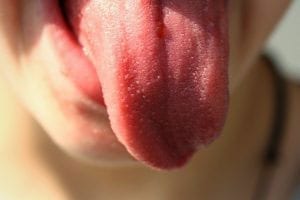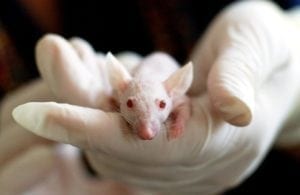Ataxia-telangiectasia (AT)
What is Ataxia-telangiectasia (AT)?
Ataxia Telangiectasia (AT) is a rare disorder that affects many body systems, including the nervous system, immune system, and more. It is characterized by difficulty with coordinating movement (ataxia) that gets worse as time goes on. The ataxia usually begins in infancy or early childhood, before age 5, and usually progresses to the point that the child will need wheelchair assistance by adolescence. AT occurs in 1 in 40,000 to 100,000 people in the United States and affects males and females equally.What are the symptoms of AT?
Symptoms include:- Difficulty coordinating movements
- Difficulty walking/Inability to walk
- Balance problems
- Presence of small clusters of enlarged blood vessels in the eyes and on the skin’s surface (telangiectasia)
- Slurred speech
- Involuntary jerking movements/Muscle twitching
- Stooped posture
- Weakened immune system
- Chronic sinus and respiratory infections
- Development of gray hair with dry, wrinkled skin during adolescence
- Difficulty moving eyes sideways
- High sensitivity to radiation exposure and treatments
- Delayed physical and sexual development
- Increased risk of developing cancer, especially in immune system cells (lymphoma)and blood-forming cells (leukemia)
- In some cases, development of mild diabetes mellitus
- High amounts of a protein called alpha-fetoprotein, or AFP, in the blood
- Disturbance in nerve functions
What causes AT?
Human traits are inherited from a person’s father and mother; each one contributes a copy of a gene, which interacts with the other copy. AT is inherited in an autosomal recessive pattern, which means that both parents need to pass down a copy of the mutated gene for the condition to occur. It is caused by mutations in the ATM gene. The ATM gene makes a protein that helps control cell division, repair DNA, and develop many body systems. When the ATM gene is mutated, production of that protein is either reduced or completely eliminated. Without it, cells become unstable and die, which leads to the symptoms of AT.How is AT diagnosed?
AT is diagnosed using the following procedures:- Recording of patient history
- Thorough clinical evaluation
- Finding characteristic symptoms
- Blood tests
- MRIs of the brain
- Karyotyping to detect abnormalities in chromosomes
What are the treatments for AT?
Possible AT treatments include:- Gamma-globulin injections to supplement the immune system
- Antibiotics for respiratory infections
- Postural drainage
- Physical therapy
- Occupational therapy
- Speech therapy
- Avoidance of overexposure to sunlight
- High-dose vitamin regimens
- Genetic counseling
Where can I find out more about AT?
Ataxia-telangiectasia Articles


ICYMI: Pharmacokinetic Study Begins for GTX-102 for Ataxia-Telangiectasia
Jessica Lynn
October 17, 2022
Read More »

Their Daughter’s Diagnosis: Ataxia-Telangiectasia. The Treatment: Physical Therapy, Medication, and Love
Rose Duesterwald
July 26, 2022
Read More »


Spread the Word about International Ataxia Awareness Day
Jean Martell
September 24, 2019
Read More »

A Swine Model for Rare Disease Research Has Been Cleared by the FDA
Anna Hewitt
April 24, 2018
Read More »

Family Stays Optimistic with 3-Year-Old Battling Fatal Rare Disease
Meagan Fulps
March 5, 2018
Read More »

I Have a Rare Disease And I Am Crossing Borders
Patient Worthy Contributor
February 27, 2018
Read More »



